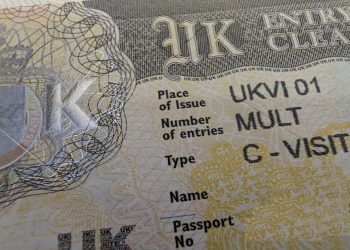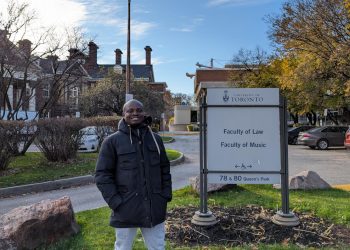Recent comments from Immigration Minister Marc Miller have highlighted the role of Canada’s provinces in the number of international students in the country. The minister told CTV news that Immigration Refugees and Citizenship Canada (IRCC) has some concerns about the volume of international students in Canada and said some provinces have not been doing their job in reining in that number to a more sustainable volume. For example, in 2022 there were over 800,000 international students in Canada and last year the minister said he expected that number to rise to 900,000 by the end of 2023. This is more than triple the number of international students a decade ago (275,000 in 2012).
Education in Canada, including post-secondary education, is a provincial responsibility. This means that it is up to provincial governments to decide which schools can accept international students as Designated Learning Institutions (DLIs). The minister said that the DLI model in some provinces is a factor in the high number of international students and that “robust” discussion is needed between the provinces and DLIs, particularly those who are “profiting off the system”.
When questioned about a potential cap on the number of study permits that IRCC issues each year, the minister said that IRCC was considering it if the provinces do not take appropriate action, but a cap would not be a “one-size-fits-all solution.” Further, the minister has not confirmed any details surrounding the creation a limit on the number of study permits issued and last October he told the Standing Committee on Citizenship and Immigration that he was not in favour of a cap as it punishes good actors within the system.
If a post-secondary institution such as a college, university, or trade school, wishes to accept international students, they must meet provincial accreditation requirements to become a DLI. Each province’s requirements are different, and some are stricter than others. Once a provincial government receives a DLI application and deems that an institution is eligible, the information is submitted to IRCC. The department then assigns the school a DLI number and adds it to the list of official DLIs. IRCC does not make any final decisions.
Once a school becomes a DLI it can begin issuing Letters of Acceptance (LOAs) to international students. An LOA is a key document in a student’s application for a study permit. The number of international students a DLI may accept is often based on an institution’s ability to provide adequate support.
Throughout the CTV interview, Minister Miller explained that IRCC has been working to “get our own house in order federally.” As part of this, throughout the second half of 2023, IRCC announced new measures to improve the integrity of the International Student program.
These measures are aimed at preventing fraud such as the case when 700 international students from India were found to have been issued fake LOAs. IRCC is also working to launch the Trusted Framework Agreement with DLIs. In September 2023, under the agreement, institutions that demonstrate they are reliable partners in terms of sustainable intake, compliant with regulations, and provide a supportive environment for international students will benefit from expedited permit processing.
IRCC’s proposal for the new Agreement shows that DLIs will need to provide data such as international student retention rate, on-time program completion rate, scholarships awarded to students from less-developed countries, the percentage of revenue the institution receives from international students, and the availability of DLI-administered housing for international students.
Finally, in December the department announced that it would more than double the cost-of-living requirement for study permit applicants from $10,000 to $20,635. IRCC says this will help international students cope with the actual cost of living in Canada when they arrive. Discover your options to study in Canada here.
Still have some travel questions? Ask in our Travel WhatsApp Group.








